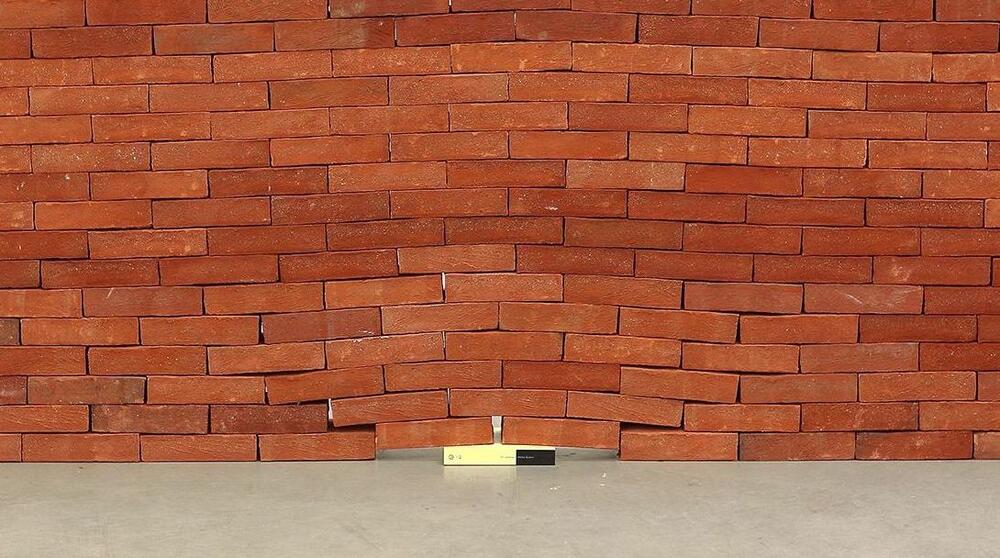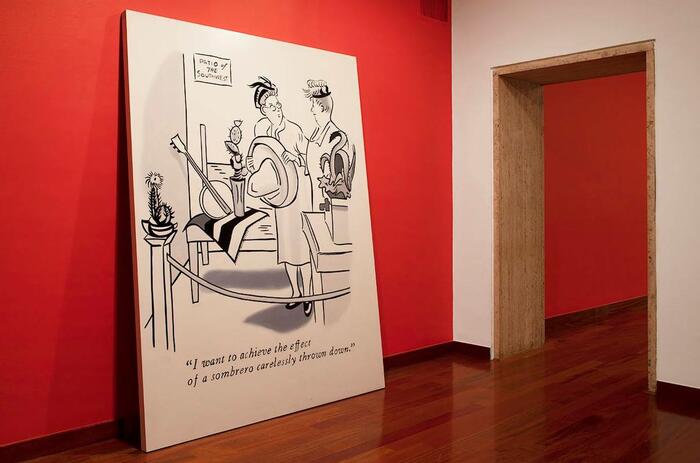MUSEO JUMEX TURNS 20 YEARS AND PRESENTS NORMAL EXCEPTIONS: CONTEMPORARY ART IN MEXICO
From March 27, the Museum exhibits a thematic survey of contemporary art in Mexico over the past 20 years, a period during which Mexico has become a nexus of the global art scene. Drawing from the Colección Jumex and including invited artists and organizations, Normal Exceptions considers undercurrents in artistic practices that connect with life and its material traces. The exhibition will fill the entire museum with more than 60 works by artists based in Mexico, including those of international origin, and Mexican artists living and working abroad.

The title of the exhibition comes from a concept of microhistory, a discipline that studies what life was like at a certain time. In counterpoint to traditional historical accounts that offer a panoramic vision, microhistory offers narratives around a single event or person, normal and at the same time exceptional, which reflects the experience of the social conditions of the moment. Normal Exceptions does not follow the methodology of microhistory, but does adopt some of its objectives and principles.
This exhibition focuses on individuals rather than global movements, and includes ignored practices, or inadvertent areas of practice of established artists, which have been important but peripheral to the major critical and artistic debates in art history. The works focus on the presence of the individual human being and his actions within the systems of authority and officiality. Each of them tells an individual story that presents a point of questioning the general lines of the story.
-
Abraham Cruzvillegas - Haussmannian Leftovers: Richard Lenoir, 2007 - La Colección Jumex, México
-
Vista de la exposición - Excepciones normales: Arte contemporáneo en México - Museo Jumex, 2021 - Foto: Ramiro Chaves
-
Daniela Rossell - Third World Blondes (Harem Room), 2002 - La Colección Jumex, México
-
Vista de la exposición - Excepciones normales: Arte contemporáneo en México - Museo Jumex, 2021 - Foto: Ramiro Chaves
The exhibition is organized according to 6 nuclei:
Portraits gathers artists that have engaged with what has been considered an outlying practice in contemporary art, yet increasingly part of daily life.
Excavations includes artists that reveal material manifestations of time and history marked in particular objects and actions.
Transformations looks at how such objects may become traces of events and people.
These 3 sections consider how common activities, materials, and objects have come to represent what is lost and how it may be recuperated. Through their actions, the artists unsettle the established relationships between individuals and authorities.
-
Jorge Méndez Blake - El castillo, 2007 - La Colección Jumex, México
-
Vista de la exposición - Excepciones normales: Arte contemporáneo en México - Museo Jumex, 2021 - Foto: Ramiro Chaves
-
Stefan Brüggemann - Decoración conceptual papel tapiz plata y negro, 2008 - La Colección Jumex, México
-
Vista de la exposición - Excepciones normales: Arte contemporáneo en México - Museo Jumex, 2021 - Foto: Ramiro Chaves
Normal Exceptions continues with works by artists who work with the recording devices in which history and memory are inscribed. These encounters take place in diverse landscapes, sometimes unexpected. One of the sections explores the Markets as places of formal and informal exchange. Artists' Interventions in public spaces interrupt daily life. Coins, receipts, and market stall waste act as markers for individual transactions and residuals. Registries shows how artists examine and renew archaic technologies such as vinyl records and obsolete electronic media, as well as museums and other archives: the repositories of memory at different times, which progressively fall into obsolescence in everyday life. In each case, the artists respond to specific incidents that have been made invisible in official records.
Jorge Satorre: Los negros is the first of two solo exhibitions in gallery -1 as part of Normal Exceptions. The installation reunites a number of Satorre’s chapters in Los negros for the first time in Mexico in a display that unearths hidden elements in the gallery and museum itself.






